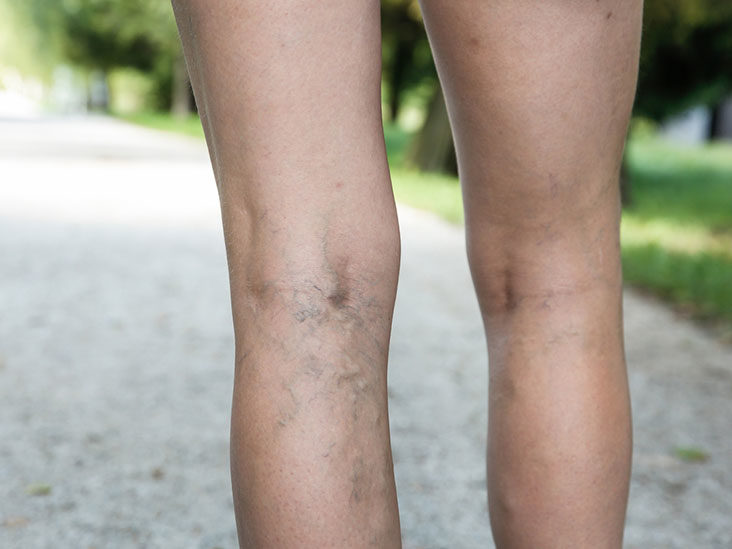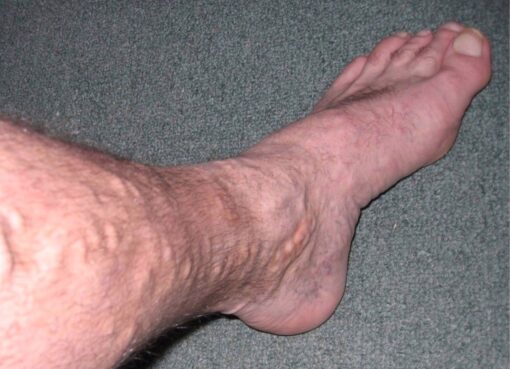Varicose veins are swollen and prominent veins that appear closely beneath the skin, especially on the legs. They are typically weak veins that dilate like a balloon when blood flow up the legs is not proficient. Varicose veins are common, especially among women, and like other imperfections like cellulite, they often cause some degree of insecurity. Many people with varicose veins seek treatment for aesthetic reasons rather than bothersome symptoms. If you are unhappy with the appearance of varicose veins, you may be happy to know that Prime Heart and Vascular offers various treatments, including sclerotherapy and injections, to minimize the appearance of these spiraling lines.
But before your doctor recommends medical treatment, they may suggest the following self-care measures.
Weight loss
Obesity or being overweight is one of the common risk factors for varicose veins. When you are above your average weight, veins have difficulty pushing blood back to the heart, eventually leading to varicose veins. But weight loss takes the pressure off the veins, allowing them to function normally and preventing new varicose veins from forming. Weight loss requires a lot of commitment and discipline; it doesn’t occur overnight, but the effort is always worthwhile. Besides reducing your risk of varicose veins, weight loss can help you prevent other health problems, including hypertension, heart disease, sleep apnea, and type 2 diabetes.
Leg elevation
The veins in your legs work against gravity to push blood toward the heart; elevating them encourages blood flow back to the heart and reduces swelling of the varicose veins. Put some pillows below your feet when lying down to improve blood flow. Elevating your feet above your heart level is a simple yet effective way of alleviating varicose veins symptoms. You can also prop your legs on a stool if your job entails sitting for long hours.
Physical exercise
Your leg muscles are your biggest allies since, as they contract, they help your leg veins move blood toward the heart against the gravitational force. Physical exercises that work your legs are essential to strengthen your leg muscles. Your healthcare provider may recommend swimming, jogging, and brisk walking. Exercising your legs prevent existing varicose veins from worsening and new ones from forming.
Avoid sitting or standing for long hours
When you remain in one position for a long time, your leg muscles do not contract, so blood does not move to the heart. It is vital to take small breaks at least every 30 minutes to stand and walk around to allow your leg muscles to push blood back to the heart. Taking small breaks is especially vital for individuals with sedentary lifestyles or those whose work involves sitting or standing for a long time. Taking small breaks also applies when you are at home or traveling a long distance. It is easy to forget if you are at work, so consider using an alarm clock.
If your varicose veins are causing you discomfort, reach out to your healthcare provider at Prime Heart and Vascular to get a diagnosis and treatment.





